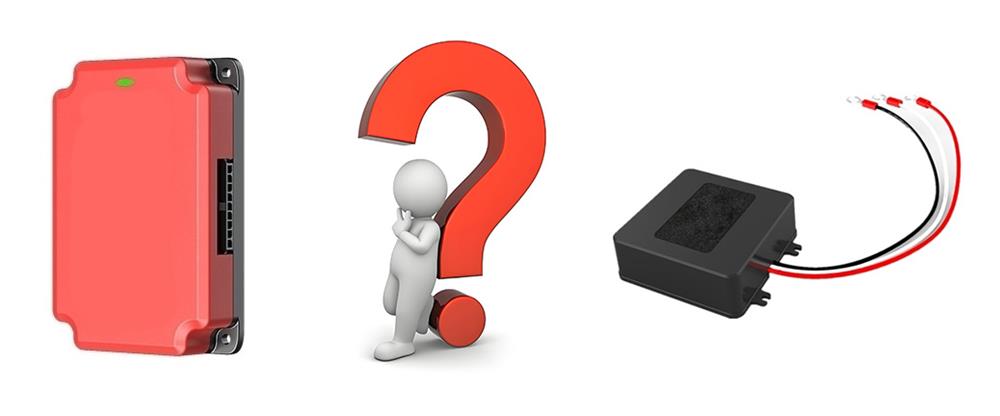How to Choose a Battery Balancer?
With the advancement of battery technology, the battery balancer has become an indispensable part of battery systems. Whether used in residential solar systems, electric vehicles, or industrial applications, selecting the appropriate battery balancer is crucial for the performance and lifespan of battery arrays. When choosing a battery balancer, there are several key factors to consider.
Battery Type and Configuration
Firstly, you need to determine the type of battery you are balancing. Common battery types on the market include lead-acid batteries, lithium batteries, etc. Different types of batteries may require different types of balancers. Secondly, if you are dealing with a battery array composed of multiple batteries (such as series or parallel configurations), you need to ensure that the chosen balancer can accommodate your battery configuration type and quantity.
Balancer Type
Battery balancers are mainly divided into passive and active types. Passive balancers are usually simple resistors that convert excess charge into heat. Active balancers actively adjust the charge distribution between batteries to ensure their balance. Active balancers are typically more efficient but also more expensive. Depending on your budget and performance requirements, choose the balancer type that suits you.
Power Requirements
Determine how much power your battery array requires for equalization. This will help you select the appropriate balancer to ensure it can handle the required power. An undersized balancer may not effectively balance large battery arrays, while an oversized balancer may add unnecessary costs.
Safety Features
Some balancers come with safety features such as overload protection, overvoltage protection, etc., which can ensure the safe operation of the battery array. When selecting a balancer, consider these safety features and ensure that your battery system is adequately protected.
Consider Environmental Conditions
If your battery system will operate in special environmental conditions such as high temperature, low temperature, or humid environments, you need to choose a balancer that can adapt to these conditions. Some balancers have features such as waterproof, dustproof, and high-temperature resistance, which can maintain good operation in harsh environments.
Integration and Compatibility
Consider whether your battery system needs to be integrated with other equipment or systems. Some balancers have communication interfaces that can communicate with monitoring systems or other control devices, enabling remote monitoring and control. Additionally, ensure that the selected balancer is compatible with your Battery Management System (BMS) or other controllers to ensure stable system operation.
Scalability and Future Needs
Considering future expansion needs, choosing a balancer with good scalability may be a wise choice. If you plan to expand your battery array or may switch battery types, choosing a balancer that can flexibly adapt to different configurations and types can reduce future costs and troubles.
Cost and Brand
Consider your budget and brand preferences. Choose a well-performing and reasonably priced balancer, and select a reliable brand to ensure the quality of the chosen balancer. Checking reviews from other users is also a good way to understand the actual performance and reliability of the balancer. ATO online store provides a variety of battery balancer options.
Warranty and After-sales Service
When choosing a balancer, it's important to check the manufacturer's warranty and after-sales service. Understanding their warranty policy and whether they provide technical support and repair services can help you get timely support and assistance when needed, ensuring the long-term stable operation of your battery system.
In summary, selecting a battery balancer requires comprehensive consideration of factors such as battery type and configuration, balancer type, power requirements, safety features, cost, brand, etc. Only by carefully considering these factors can you choose the most suitable battery balancer to ensure the stable, safe operation of your battery system and longer service life. A good battery balancer can not only improve the performance of the battery system but also provide long-term reliable power support for your equipment and systems.

